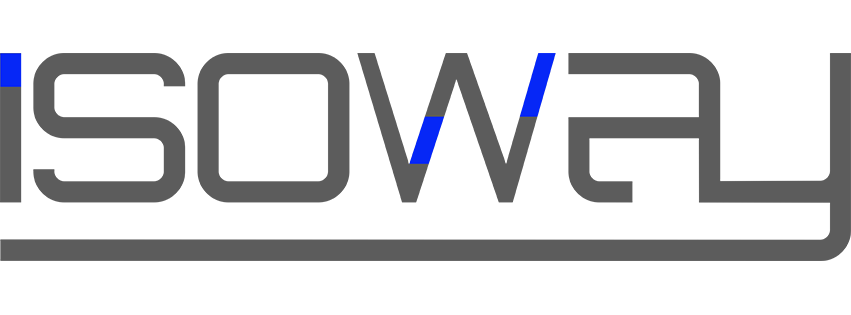Overprinting, a technique for creativity!
Overprinting is originally a photo or video technique that involves printing the same part of a film two or more times. This is known as double exposure, or multiple exposure of the film.
This method appeared at the same time as silver cameras from brands such as Nikon, Sony, Canon, Fuji and Leica. Artists would take one photo and then another without advancing the roll or film. Whether it was simple accident, serendipity or perfect mastery of one's equipment, we don't know how overprinting really came about.
This process was brought to light in the 1920s and 1930s by photographers from the Surrealist movement. A technique at the service of art, it reveals the unusual aspects of nature and the urban landscape. Reflections in shop windows, which are also the subject of visual superimpositions in the city, are also of interest to artists, who see the phenomenon as an overprint in its natural state.
With overprinting, photographers free themselves from the image codes and models that are everywhere. It's an interesting mix between the technical and artistic on the one hand, and chance on the other.
Dare to be different and show a different point of view, including in corporate photography and events photography. It's a good way of revealing your creativity and highlighting the beauty of the world with poetic shots.
Obviously, the method has adapted to new technologies. Yet despite the evolution of professional photographic equipment, overprinting has never ceased to interest image creators. With the transition to digital technology, overprinting is now often carried out in post-production using software such as Lightroom, Photoshop, Adobe Première, Final Cut or other retouching and editing programs.
Technology:
To produce a good overlay photo, you need to underexpose the shots that make up the final image. In concrete terms, if you take 2 shots, you need to divide the exposure of each shot by 2, either by reducing the exposure time or by lowering the ISO.
When the number of photos is odd, you can proceed by trial and error; the final result is corrected in post-production.
The physical principle of overprinting is quite simple: highlights "take precedence" over lowlights. A high-light image will stand out against a low-light image. When contrast is high, it's easy enough to imagine before shooting. When contrast is lower, the "cocktail" becomes more subtle. With more than 3 exposures, the result can be unexpected, both in terms of light and graphic composition.
This makes it easier to overprint in dark or poorly lit areas than in bright light.
Our tips and tricks :
Keep it simple
For the final photo to be readable, it's best if the photos that assemble it don't have too many tones and shapes that can saturate the reading. Generally speaking, too many shots can make for a messy result. Keep it simple is the right approach.
Play with light and shadow
Shadows in one image can be created with the texture and color of another.
Don't hesitate to change the orientation of your images
For two images to match perfectly and create a certain poetry, you can play with their orientation, placing one vertically and the other horizontally.
Our secret: testing
Overprinting is a technique where chance can be a factor in success. Trying out and testing different methods of assembly, playing with contrasts and orientation or even colors are essential factors in obtaining the perfect image.
Our little darling is, of course, German photographer Florian Imgrund, who creates astonishing graphic and poetic creations. He masters theart of overprinting to perfection, creating an almost fragile black and white universe. A mix between portraiture and nature.
Have a look at Florian Imgrund's Flickr account.
It's up to you to test and play with your creativity!


